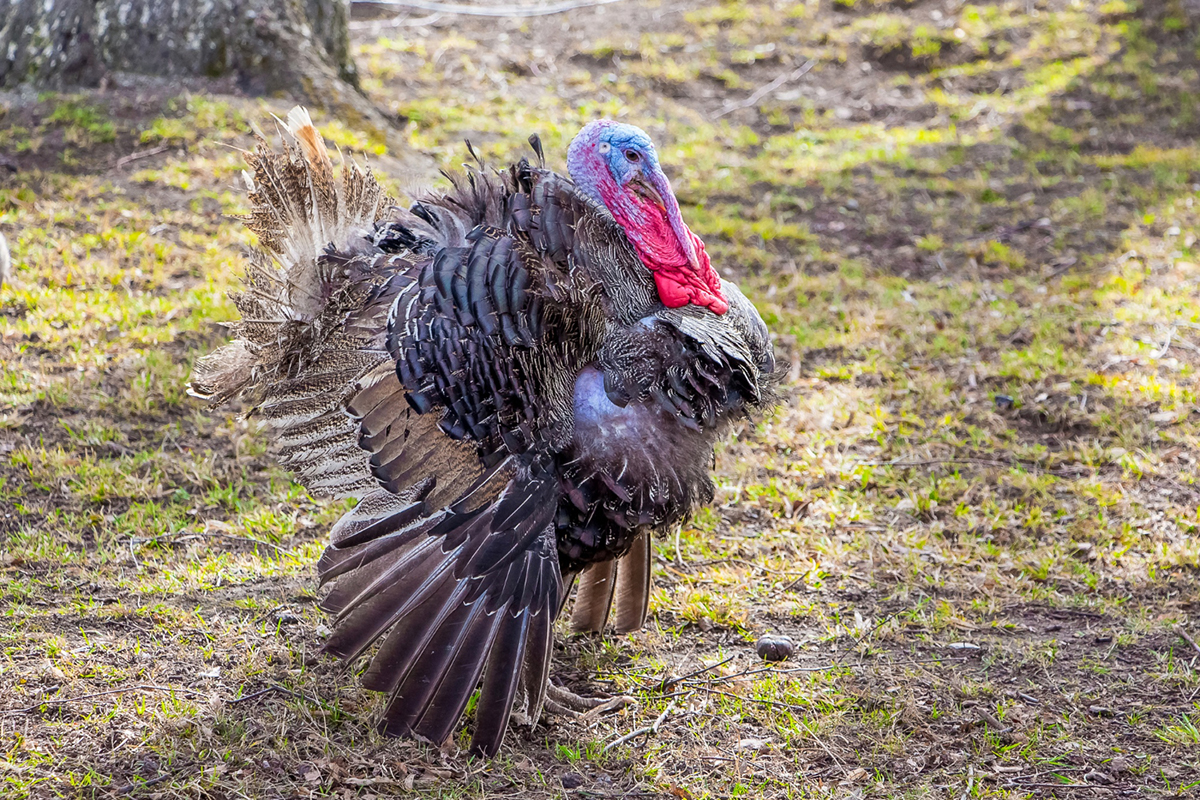Wild Turkey Basics



When it comes to hunting, turkey hunting is an exciting and challenging adventure for many. But for beginners, it can be overwhelming. The key to having a successful turkey hunt is to understand the wild turkey basics. Knowing their behavior, habitat, and calling will not only increase your chances of a successful hunt but will also deepen your appreciation for these incredible birds. In this blog, we will cover some of the essential wild turkey basics, so you can prepare for your next turkey hunt with confidence.
Understanding the behavior of wild turkeys is crucial for any hunter. A turkey’s primary defense mechanism is its keen senses, including its sight, hearing, and excellent sense of smell. Turkeys have a distinct social structure, with both male and female birds having their own hierarchy. A gobbler is the head of the group, followed by jakes, hens, and then jennies. Additionally, turkeys are very alert, and they are quick to flee at the slightest sign of danger. Hunters need to be aware of these behaviors when scouting and hunting turkeys.
Wild turkeys are found in almost every state of the US, but their habitat can differ depending on the subspecies. Eastern turkeys inhabit hardwood forests and agricultural lands in the eastern United States. On the other hand, Rio Grande turkeys are found in open country, such as grasslands and prairies in the Midwest and Southwest. Understanding the habitat in which the turkeys you will be hunting live can help in creating a successful hunting strategy. You should also consider the terrain and topography of your hunting area as it can affect turkey behavior.
Perhaps the most essential wild turkey basic for any hunter is calling. Turkeys are vocal birds, and calling is the most effective way to lure them in close. The most common calls are yelps, clucks, and purrs, which are made by the hens during the breeding season. The sound of a live turkey can be replicated using mouth calls, box calls, slate calls, or electronic calls. It's important to practice calling before the hunt to sound as natural as possible.
When it comes to firearms for turkey hunting, a 12 or 20 gauge shotgun is the most common firearm for turkey hunting. The ammunition used is typically a 3-inch shell with a shot size of either #4, #5, or #6. It would be best to shoot different types of ammunition to determine which one is the most effective with your shotgun. Additionally, hunters should practice their shooting skills before the hunt at different ranges, including the effective range of the firearm.
Understanding wild turkey basics is crucial when it comes to turkey hunting. Knowing their behavior, habitat, and calling, along with having the right firearms and ammunition, increases your chances of a successful hunt. However, remember that turkey hunting is a sport where patience and persistence are key. If you're looking for an exciting turkey hunt experience in Orlando, FL, then contact Switchgrass Outfitters for booking information. We hope this guide has been helpful to you and good luck on your next turkey hunt!